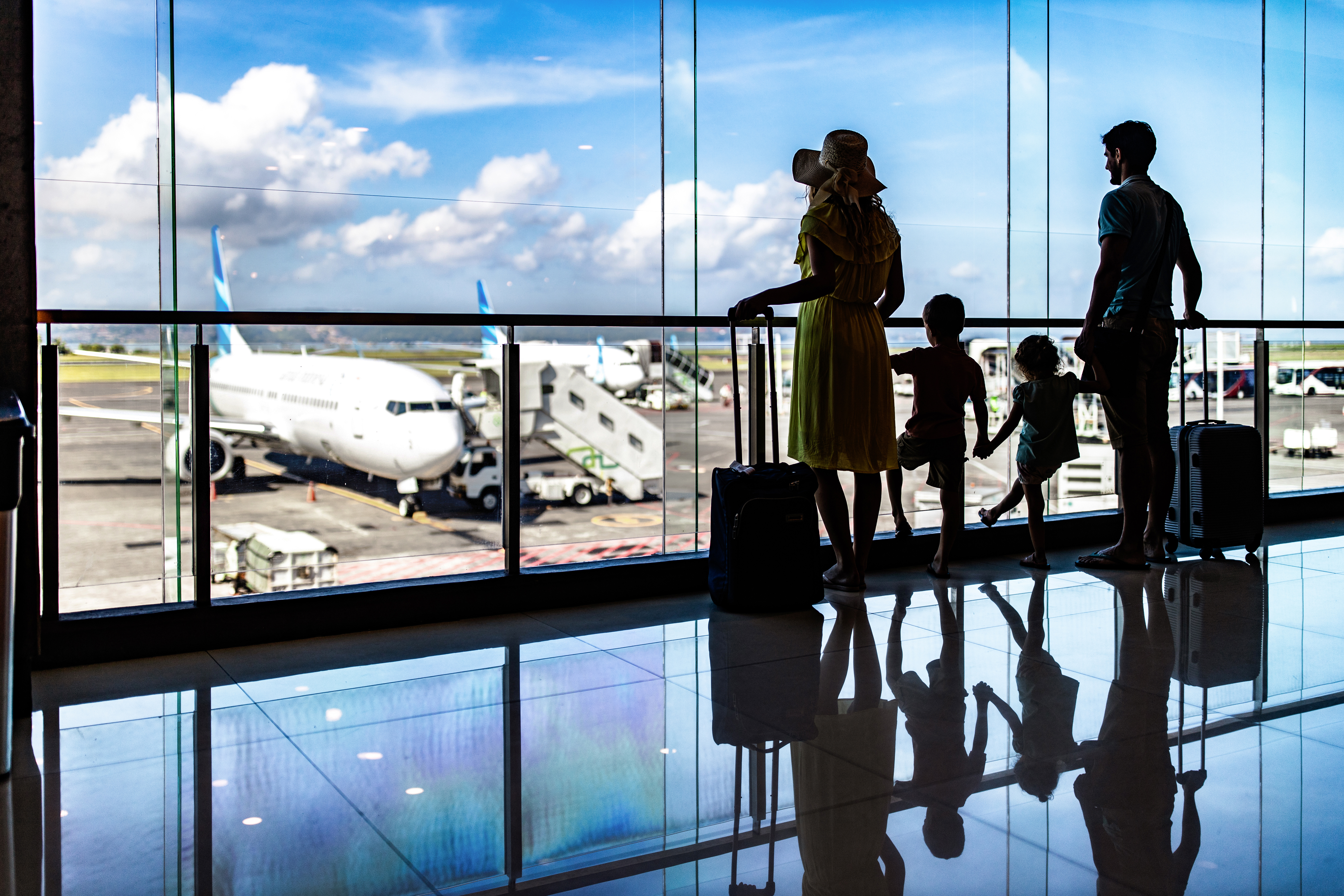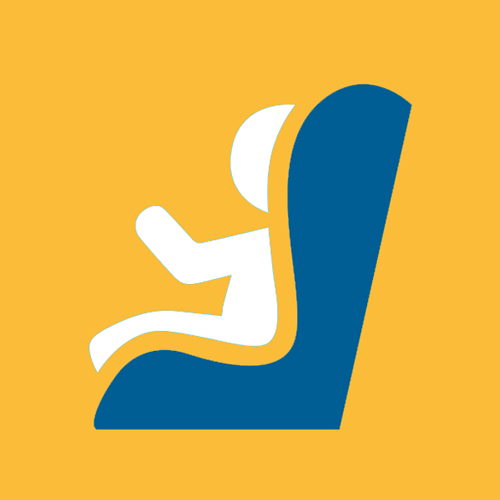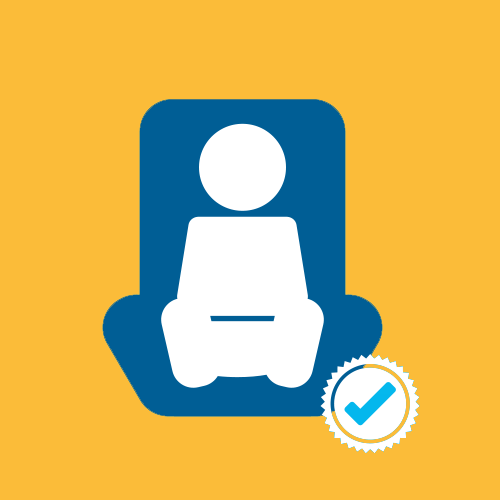 Children are frequent passengers, boarding flights every day. From seating options to seat assignment and the number of children allowed on board, there are many safety aspects to be considered by the airlines and accompanying adults.
Children are frequent passengers, boarding flights every day. From seating options to seat assignment and the number of children allowed on board, there are many safety aspects to be considered by the airlines and accompanying adults.
As a general rule, we recommend that if you are flying with children, you should always contact your airline or the National Aviation Authority to ensure that you have all the information you need, as specifications can vary between countries and airlines.
This article gives you some pointers as to the questions you may need to ask.
Seating options
- Infants aged up to 24 months can travel on an adult’s lap using an “infant seat belt” or in a child seat, similar to the ones used in cars (more information below), that is secured on the aircraft seat.
- Children from 2 to 12 years old can seat on the regular aircraft seat or be secured in a child seat placed on the aircraft seat.
Child seats: what to check before flying
 If you want to use a child seat on an aircraft, check that the seat is approved for “use in aircraft”. This information should be displayed on the label on the child seat. You should get acquainted with the manufacturer’s manual for instructions on how to secure the seat on the aircraft seat. This “installation” might differ from the way it is used in your car.
If you want to use a child seat on an aircraft, check that the seat is approved for “use in aircraft”. This information should be displayed on the label on the child seat. You should get acquainted with the manufacturer’s manual for instructions on how to secure the seat on the aircraft seat. This “installation” might differ from the way it is used in your car.
Carry the instructions with you so the cabin crew can check that the child seat is placed correctly. Remember to check the width and height of your child seat to ensure it can fit the aircraft seat.
The restraining system of an aircraft is different than that of a car and, for that reason, booster seat-cushion seats cannot be used in aircraft.
Remember to always check with the airline
It’s important to note that the use of a child seat, even if it is approved for aircraft use, is at the discretion of the airline and depends on its policy. Check with the airline that you will be flying with for more information on travelling with children. Keep in mind that, even if you buy your ticket with just one airline, one or more legs can be operated by another airline and the policies may differ. Therefore, you need to check all the potential restrictions to avoid unpleasant surprises.
 Some airlines might provide child seats on board, so this is another thing you might also want to check with them. EASA has certified an infant/child seat known as ‘Child Restraint System (CRS)’ suitable for infants and children up to 18 kg in weight or 100cm in height. It can be installed in forward-facing and rear-facing positions and on oblique-facing seats.
Some airlines might provide child seats on board, so this is another thing you might also want to check with them. EASA has certified an infant/child seat known as ‘Child Restraint System (CRS)’ suitable for infants and children up to 18 kg in weight or 100cm in height. It can be installed in forward-facing and rear-facing positions and on oblique-facing seats.
During the flight
The preferred location for a child seat is on the window seat. This has to do with evacuation procedures: child seats should not be in the way when heading for the nearest exit, therefore, a window seat is the best option. For the same reason, it cannot be installed in any seat/row leading to an emergency exit or in the rows directly in front of or directly behind such an exit.
Good to know
Airlines might have rules on the maximum number of children travelling with one adult. Safety is always at the core of aviation and the number of children on board has an impact on things like seat allocation, turbulence and in the event of an emergency. The policy on the maximum number of children per adult are specified by airlines and not by EASA.
Further reading
If you would like to know more, check the resources below (some resources might be available in English only):
- Can I use a child seat on board for my baby/child? What about a rear-facing child seat?
- Use of baby bassinets on board
- Leaflet "Flying with children"
- Travelling with children on EASA Pro
- ICAO recommendations on the approval and use of child restraint systems
Stay informed
Create an account and follow on EASA Light to stay up to date with EASA’s activities.
